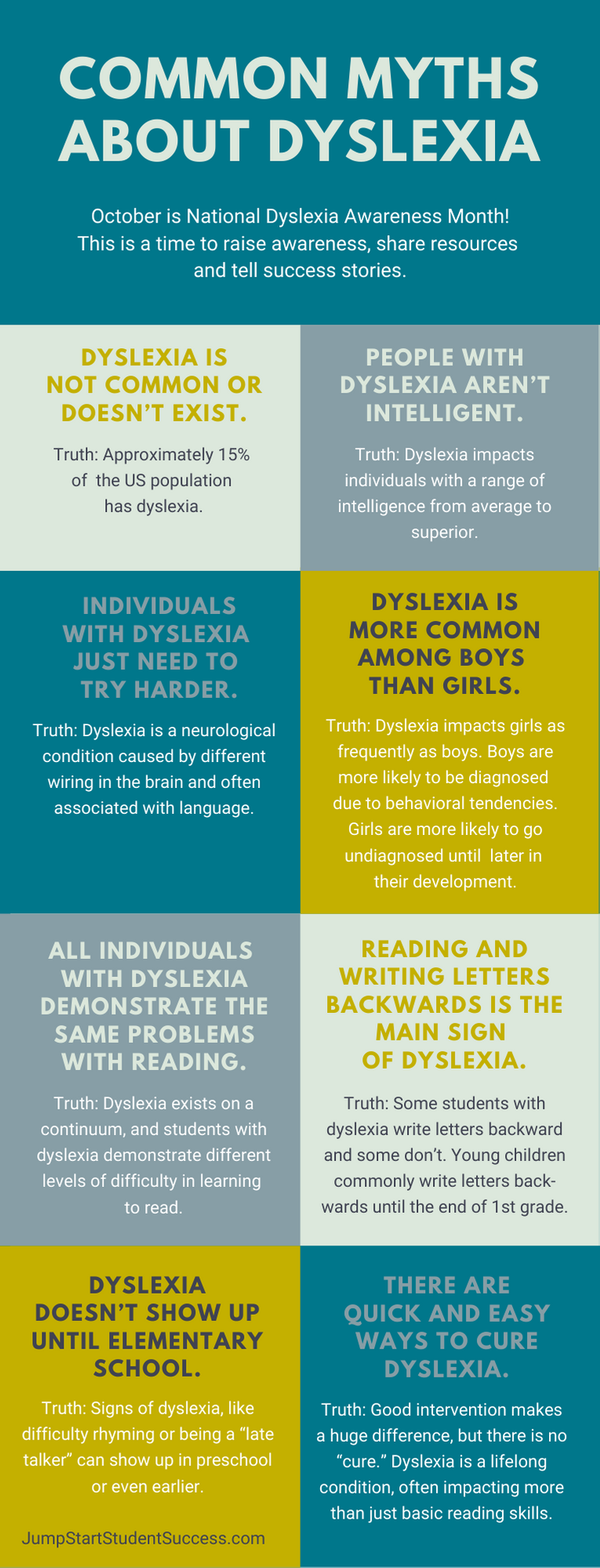As I scroll through my social media feeds, there is an abundance of photos of smiling graduates, or graduates to be, from high school and college. Some of the photos are friends’ children and others are students that I’ve had a chance to work with and see off to college. A couple of recent college graduates I have worked with are even going to graduate school! The students I’ve been fortunate enough to have worked with also happen to have learning differences.
This is a very exciting time, but it can also be a very anxious time, especially for families whose graduates have a learning difference. Do colleges offer accommodations? Do they follow 504 or high school accommodation plans? The short answer is yes and no. Colleges, at least the ones I have worked with, do offer accommodations, but high school plans (504 and Student Support Plans) end at that level. Colleges offer a range of accommodations which are unique to each campus.
Common accommodations include extended time, low distraction testing environments, and copies of class notes. I encourage students to make a list of accommodations they need and take that list with them on college visits.
When visiting the campuses, families should stop in the student support center. Always talk openly with the faculty member or director of the support center about which accommodations are allowed and what that looks like at that campus. Some accommodations, such as copies of lecture notes and tutoring support, are available for all students on various campuses. What services are allowed and to what degree (for example, 50% additional time for tests vs. 100%) are as different for each campus as their sports teams.
I also encourage students to bring a copy of their current testing. Typically, campuses require that the evaluation be less than three years old. Ask if you would qualify for accommodations based on your testing.
I recommend students have updated testing their junior year of high school. This will provide information on which accommodations are essential for the student in college and provide the documentation required to receive them. The Extended Psychoeducational Evaluation I offer is specifically designed for students preparing to make this important transition from high school to college.

